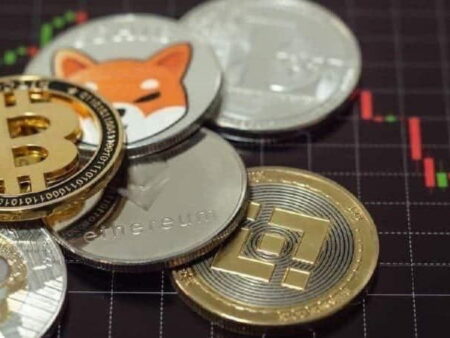Sam Altman, the founder and CEO of OpenAI, the company behind the generative artificial intelligence (AI) platform ChatGPT, has emerged among prominent figures in the technology sector to express support for Bitcoin (BTC). Altman has previously conveyed his ‘excitement’ for Bitcoin, emphasizing its unique feature of operating without the influence of a centralized authority.
The executive’s perspectives on Bitcoin have been longstanding, tracing back several years as the cryptocurrency underwent transformations. A blog post from a decade ago authored by Altman sheds light on his authentic initial viewpoint regarding the maiden cryptocurrency.
While the cryptocurrency landscape has undergone significant changes over the past decade, delving into Altman’s historical reflections provides valuable insights into the initial considerations and apprehensions surrounding Bitcoin.
Altman’s initial uncertainty about Bitcoin
In the blog post, Altman acknowledged the uncertainty surrounding Bitcoin’s future role, highlighting three potential scenarios: becoming the world reserve currency, failing, or surviving in a niche capacity.
He emphasized the importance of monitoring the growth in legitimate transactions as a crucial metric for Bitcoin’s success. Altman contended that a currency relying on speculation or illegal transactions is bound to fail, underscoring the significance of genuine, legal use cases.
At the time of Altman’s post, he observed that the dominant use case for Bitcoin is speculation, with illegal transactions as a secondary use.
“Right now, the dominant use case of Bitcoin seems to be speculation, with a secondary use case for illegal transactions. Legal transaction volume is still tiny, and many of those involve the seller immediately converting bitcoins to dollars, with the buyer not desiring to use bitcoin as a new currency but instead a version of either money laundering or tax avoidance,” he said.
Chances of Bitcoin surviving
Altman also delved into the challenges facing Bitcoin as a currency, including the prevalent tulip strategy driven by the desire for quick wealth and the fear that Bitcoin might become the reserve currency. He asserted that neither of these factors nor the use of Bitcoin in illegal activities can sustain it as a currency in the long term.
“Maybe Bitcoin will be the world reserve currency, maybe it will totally fail, or maybe it will survive in some niche capacity. I don’t know how to weight the probabilities (although I think in the immediate term it’s likely to go down),” he added.
In his view, several issues complicate the assessment of Bitcoin’s future, including its potential use for money laundering and its inability to replace the US dollar until tax obligations and other transactions are denominated in Bitcoin. Altman also noted the absence of a central authority enforcing Bitcoin’s value, a role traditionally fulfilled by governments in fiat currencies.
Bitcoin and gold comparison
The comparison of Bitcoin to gold as a store of value was also discussed in the blog post, with Altman expressing skepticism about the precious metal and questioning whether Bitcoin should be considered in a similar light. He pointed out the difficulties in transacting with a digital asset compared to a physical one, particularly in scenarios where the Internet may not be accessible.
The OpenAI founder, who is also directly involved in the crypto world through his Worldcoin (WLD) project, pointed out the exciting possibilities, such as low transaction costs for worldwide commerce, even if a fully transparent system may not materialize.
“All of that said, there’s clearly something very interesting going on. And the bull case is exciting—a world where we all transact in Bitcoin would be much more transparent, and financial transparency is great. It’s perhaps the thing that would most reduce corruption,” he concluded.
Notably, Bitcoin and the broader cryptocurrency landscape have evolved over the years. The pioneering cryptocurrency has acquired various use cases, including being recognized as legal tender, a payment option, and an investment vehicle. The substantial surge in the asset’s value is of particular significance, reaching an all-time high of approximately $69,000 in late 2021.






